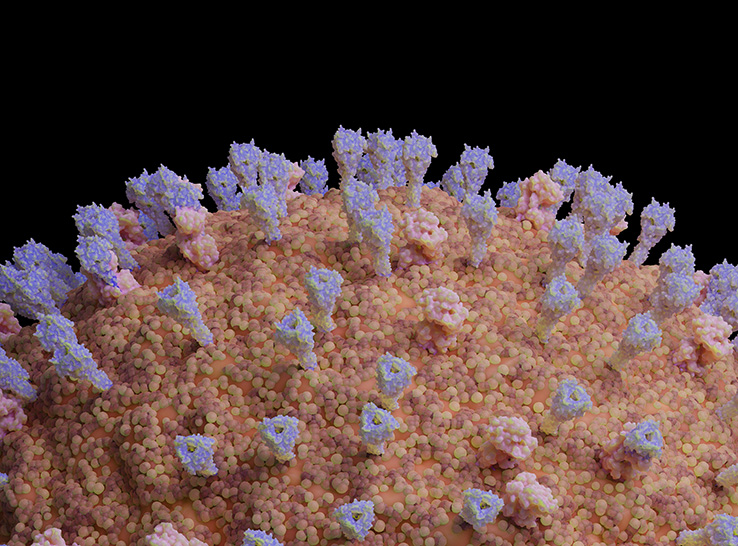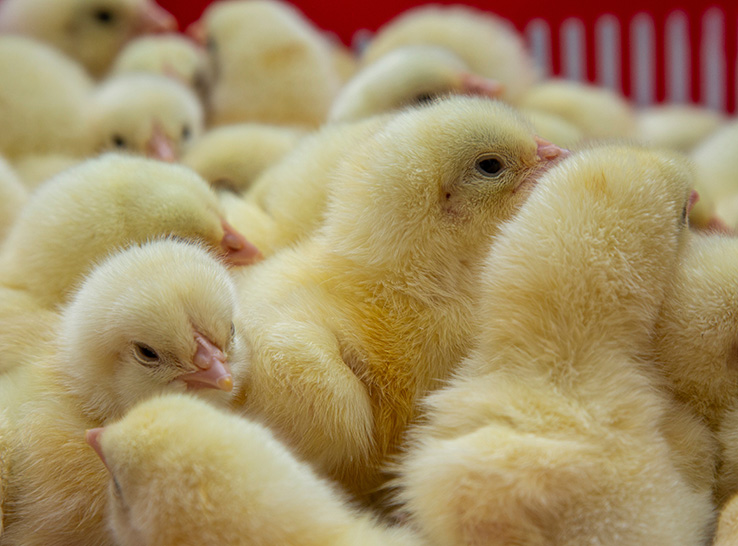Even with the best flock-management and vaccination protocols, fowl cholera can occasionally find a crack in the system. Chronic, low-grade cholera problems can materialize, or occasional breaks in breeder flocks can suddenly appear.
“Chronic cholera cases cause low-grade mortality, lameness and decreased production, all of which cost the production system time and money,” says Jim Stockam, DVM, Merck Animal Health. “So, it’s wise to have a plan in place ahead of time to address these challenges.”
He recommends the following five steps to troubleshoot low-grade fowl cholera or breaks.
1. Culture-affected flocks.
To determine the status within a flock, submit thigh-bone samples and cultures of swollen wattles or peritoneal cavity to a diagnostic laboratory for culture, identification and serotype. Despite some 3×4 serotype field strains, most 3×4 isolates from vaccinated flocks suggest an issue related to the live vaccine used, Stockam notes.
Other serotypes indicate field challenges, which require thorough vaccination coverage. He cautions that Escherichia coli or Staphylococcus infection can mimic fowl cholera infections.
2. Check vaccination “takes” record.
If no records of fowl cholera vaccination takes exist, begin a routine monitoring program, Stockam advises. Birds that missed their fowl cholera vaccination are susceptible to field-strain challenges within the house.
A wing-web vaccination takes-monitoring program can flag areas where corrective action is needed to improve vaccination techniques. “If vaccine takes are good but protection is less than ideal, consider using a stronger fowl cholera vaccine or add an inactivated vaccine for the specific challenge serotype,” Stockam says.
3. Evaluate the serotype.
If the challenge serotype is 3×4 and takes are present in 95% to 100% of the birds, the birds may be susceptible to the vaccine strain. Stockam offers these additional steps to consider:
a. Check vaccination timing. Flocks must receive their first fowl cholera vaccination before 12 weeks of age. This is particularly critical for male birds.
b. Check the vaccine titer. In some flocks, high-titer serials may be associated with excessive vaccine reactions. This can vary by breed type and vaccine-administration technique. Also, field-virus challenges and differences between vaccination crews mean each complex must keep a log of which vaccination program works best for them,” Stockam says.
c. Consider a milder-strain vaccine (M-9). Different breeds, sexes and breeder complexes have different tolerance levels for live fowl cholera vaccines. “Most companies can use the attenuated PM-1 vaccine without issue, but switching to the milder M-9 strain may be warranted if excessive reactions persist,” he notes.
4. Poor-quality vaccine takes.
These may include muscle hits or hits at wing-web sites with no evidence of post-vaccination response (take). Review the vaccination crew’s techniques and consistency, bird handling during vaccination and vaccine-handling practices onsite. Then take corrective actions where needed.
5. Immunosuppression.
Severe immunosuppression from chicken anemia virus, mycotoxins and other pathogens may result in fowl cholera and avian encephalomyelitis/fowl pox breaks despite following proper vaccination protocols and observing good post-vaccination takes.
“If low-grade fowl cholera or periodic fowl cholera breaks occur within a flock, check to make sure immunosuppressive agents aren’t part of the problem,” Stockam says. “The important point is, you don’t want periodic hiccups to turn into chronic fowl cholera challenges.”
For more information on managing fowl cholera, click here.
Editor’s note: Content on Modern Poultry’s Industry Insights pages is provided and/or commissioned by our sponsors, who assume full responsibility for its accuracy and compliance.










